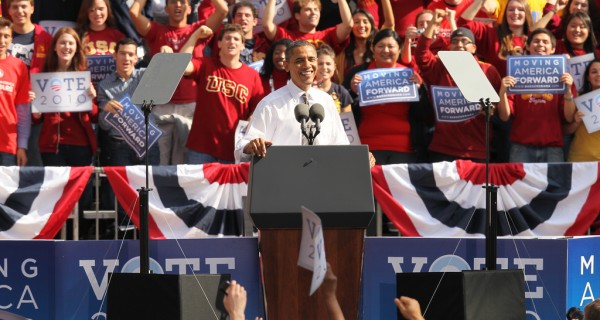 • 50% of advertising brands fail to make any reference to digital world
• 50% of advertising brands fail to make any reference to digital world
• Only 10% of advertisers included Facebook, Twitter or YouTube links
• 3 of the 11 global sponsoring brands didn’t advertise at all
Continuing its search for Social Media intelligence in the branding universe, global management consultancy A.T. Kearney this week conducted an intensive global study of advertising during the July 27th Opening Ceremony of the London 2012 Summer Olympics. The Olympic Advertisers Study, which analysed primetime television advertising content during the 2012 Opening Ceremonies across six continents, captured 246 television spots placed by 140 brands across eight countries. The findings show a nearly complete rejection of social media by advertisers, with 50 per cent of the spots making no reference to the digital world whatsoever. The study awarded higher rankings to global advertisers according to three metrics around digital media – but it failed to find a gold medal winner.
Jim Singer, study sponsor and a partner in A.T. Kearney’s Consumer and Retail Industries Practice observed: “For an event that was billed as the ‘Twitter Olympics,’ it was populated by a set of sponsors that rarely left the purview of conventional marketing and barely dipped into social media. Advertising by these mega-brands seems to be sticking to an analogue go-to-market mind-set in an increasingly digital-community minded world.”
Sponsoring Brands Misfire on Social Media
In an event that captures the attention of 1.3 billion people worldwide, three of the eleven sponsoring brands didn’t purchase primetime television spots during the Olympic ceremonies. Of the eight brands that advertised, none covered all the surveyed countries, and only the U.S. saw ads from all seven of its participating sponsors. Coca-Cola and McDonalds, the two megabrands with the most avant-garde digital media programs going into the Games, used almost no references to the web or social media in their ads. Coca-Cola used four of its six Russian spots to promote local brands, but only two of its spots to direct viewers toward an Olympic-themed website for the Coca-Cola brand itself. Out of four McDonalds ads, only its Polish spot contained any digital content – the others were two U.S. spots and one in Brazil – this one referring viewers to a website featuring Olympic promotional merchandise.
Of the 50 per cent of advertisers who made any reference to the digital world whatsoever, four-fifths only posted a URL link to their brand’s website. Another advertiser, Visa Gold, did include a Facebook and Twitter reference in their advertising, but these efforts read as an afterthought. The brand’s last post had updated its cover photo to an Olympic-themed photo taken the day before the Opening Ceremony, but after this the company ignored its page, failing to post any relevant ads, not responding to any consumer posts and not sharing any fresh or timely material.
Twitter Upstages Advertising, Sends Correct Message
“This digital disconnect is all the more surprising in light of the extensive use of social media references by many of these same advertisers during previous sporting events, such as the Super Bowl,” noted Christina Heggie, A.T. Kearney Senior Analyst and study leader. “And especially for an event as multi-layered and fast-paced as the Olympics, it’s all in the timing. When President Obama sent a congratulatory tweet after Michael Phelps won his 19th gold medal, that sent a more relevant message, in this day and age, than a formal invitation to White House. And gold medallist Missy Franklin was almost as excited about Justin Bieber’s tweet as about her victory. Clearly, advertisers need to start looking at communication channels differently,” she said.
Earlier this year, A.T. Kearney conducted a Social Media study that tabulated thousands of online company-consumer interactions, comparing them against findings from the same study last year. The study showed a sharp acceleration in company-consumer interactions through social media, suggesting that social media marketing is not only here to stay, but is an initiative that needs to be followed by companies as quickly and creatively as possible. “Despite the messaging put forth by marketers, people don’t think twice about how they communicate – only what they are communicating, with whom they are communicating, and what response they expect,” concluded Singer.

